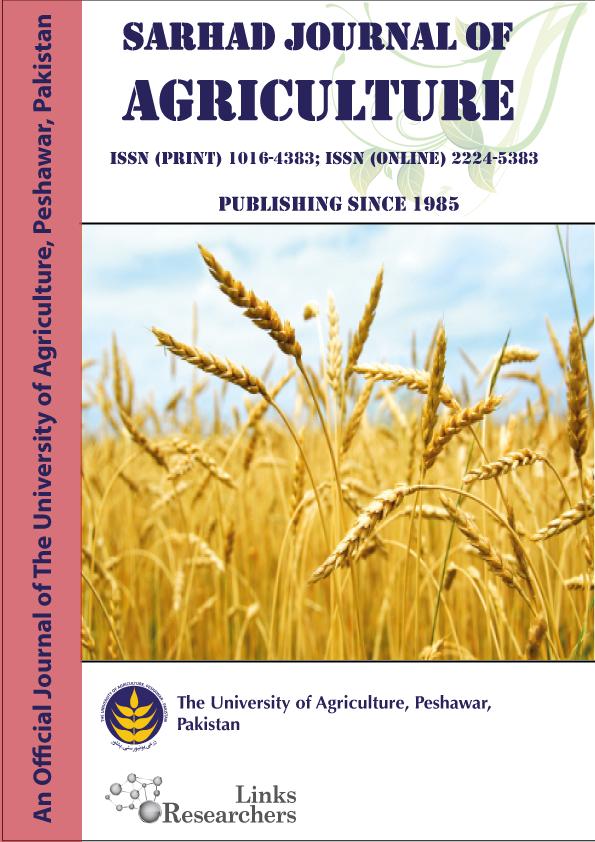Bird Diversity in Urban Residential Areas: In Supporting Sustainable Agriculture
Bird Diversity in Urban Residential Areas: In Supporting Sustainable Agriculture
Hadinoto Hadinoto1, Lili Zalizar2*, Joko Triwanto3, Ervayenri Ervayenri1, Endang Dwi Purbajanti4, Hasni Ruslan5, Imran Ullah6 and Eni Suhesti1
ABSTRACT
To share on other social networks, click on any share button. What are these?







